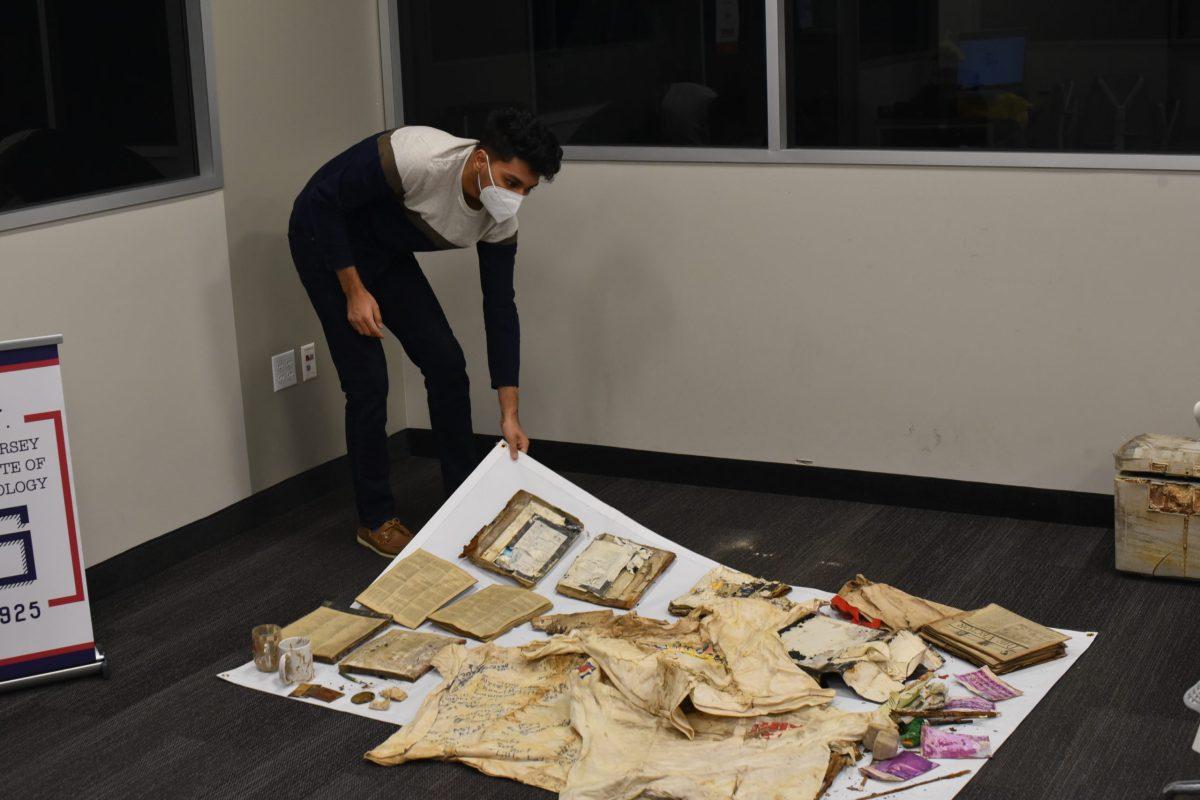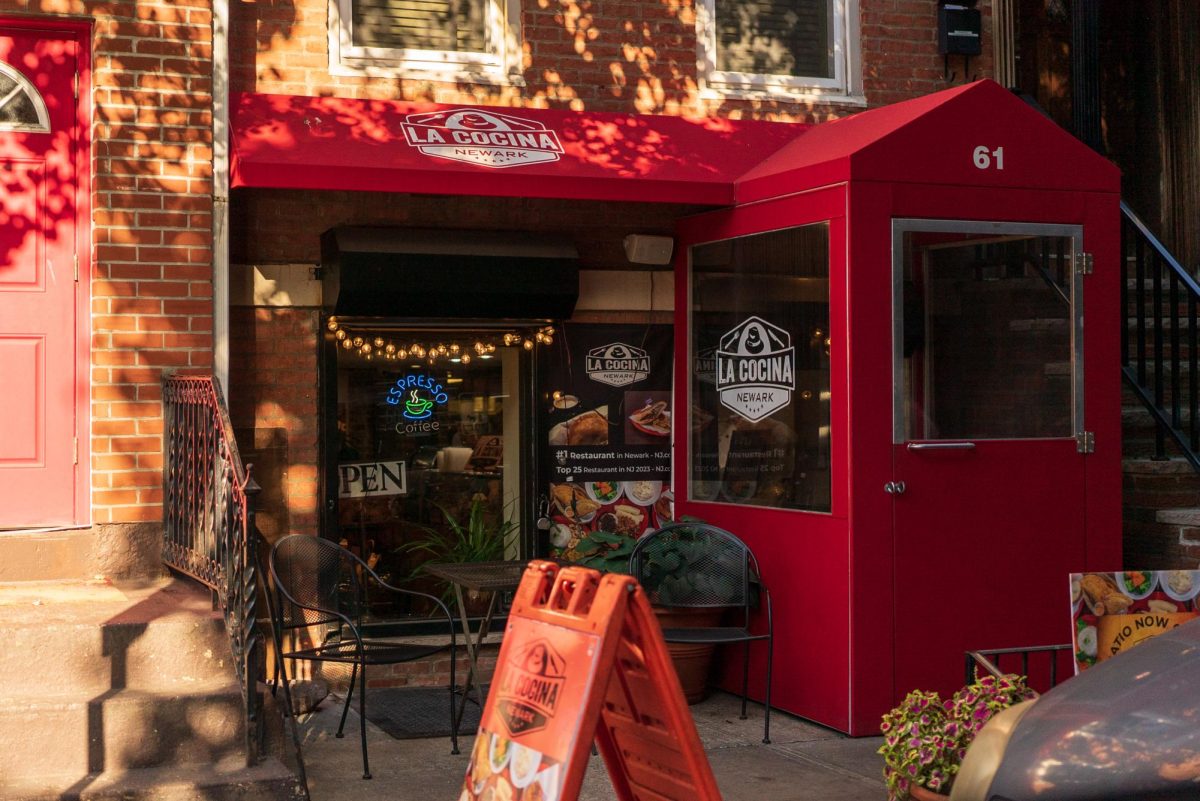On Oct. 7, 2000, NJIT students and families came to campus for the yearly Family Day—what we now celebrate as Homecoming. Of the many activities laid out for NJIT families to enjoy on campus, one was a time capsule burial.
The time capsule was a white plastic box with “Time Capsule Buried Oct. 7, 2000” written across the side in black. On the other side it read “Do Not Open Until 2020!” The lid was glued shut and then sealed with a lock, with the key taped on top of the box. On that October day the box was buried underneath the Estelle and Zoom Fleisher Athletic Center, with the command that it would be untouched for 20 years.
Plans changed when the demolition of the athletic center began in May of 2018—a few months after the opening of the new Wellness and Events Center—in order to make room for the Lubetkin Field at Mal Simon Stadium. The time capsule was dug up and stowed away in the sub basement of the Campus Center, and untouched until recently.
According to Anuj Patel, current Student Senate President, the plan was to unveil the time capsule and reveal the contents at a homecoming event this year for everyone to see. However, due to the pandemic, such an event would be impractical under COVID-19 restrictions and so the box was left untouched.
The 2020 opening date came and went, until Patel was reminded that the time capsule was still waiting to be opened in the basement. With it already being 2021, Senate made the decision to reveal the contents of the time capsule via an Instagram Live Video with the Office of Student Life.
Not wanting to publicly document a struggle to pry open a 20-year-old box, Patel and other senators opened the time capsule in the Student Senate office. With the lock being old and water damaged, the key got stuck inside and the lock had to be pried open. A hammer was used to break through the glue seal and finally crack open the container.
However, the inside of the time capsule was not quite as picturesque as expected. “When we initially unboxed it,” Patel said, “we realized that all the contents were soaking wet and moldy. So we got a tarp and unpacked everything on the tarp to dry, and then set the opening date a week from then so we could actually unbox it and analyze the materials.”
After drying under a table in the Senate office, the time capsule was officially made public on Feb. 25. Inside were signed t-shirts, copies of The Vector from that year, a Nucleus Yearbook, a Senate handbook, floppy discs and CDs, mugs, magnets, paperweights and more.
A map of the NJIT campus labeled MLK Boulevard “Fraternity Row,” and referred to Campus Center as the Hazel Center. Notably missing from the map were the Honors building and Greek Village behind it, both of which wouldn’t be built for over a decade.
The Office of Residence Life contributed a ResLife mousepad and a housing catalog for room rates. A room in Laurel Hall that year cost $2,380, while 20 years later rooms in Laurel start at $4,555.
A thick course catalog from the Registrar was pulled out from the pile, representing a time when registering for classes was done in person and not at midnight on a computer. Senate’s Vice President of Administration and senior industrial engineering major Jeremy Bedient noted that IE461 on one of the pages is still Product Quality Assurance.
Student Senate is already in the process of preparing a new time capsule to be opened in another 20 years. “We bought the time capsule already and this time we’re making sure that it’s not buried. We got a high quality one that will be water tight and sturdy,” Patel said.
“We expect an Instagram post to come out in the next week or so publicizing that we want ideas of what to put in there,” Patel continued, “and in a month or two we will officially close it and put it away for storage.”
A recording of the livestream can be found on Student Senate’s Instagram page.






























